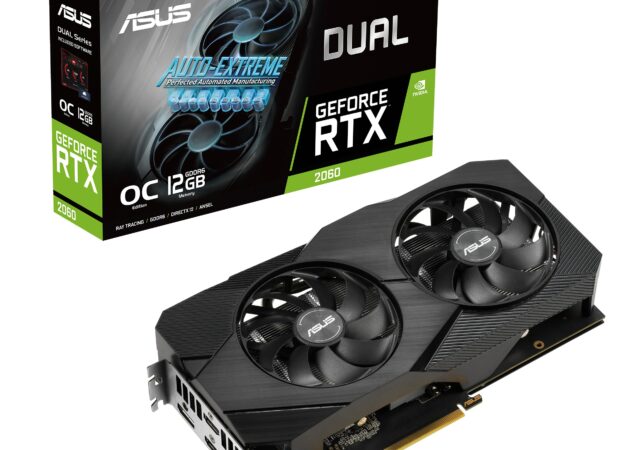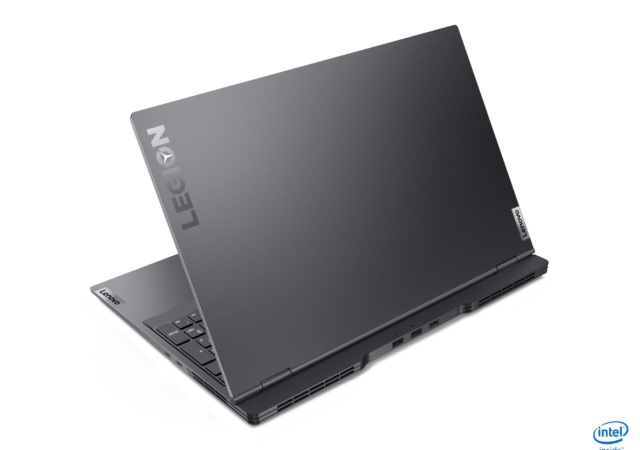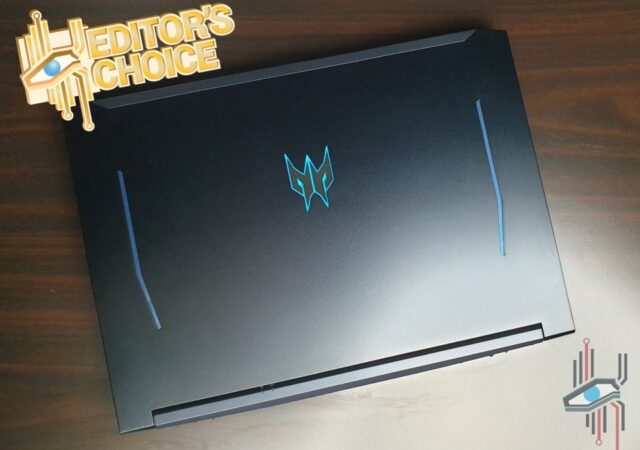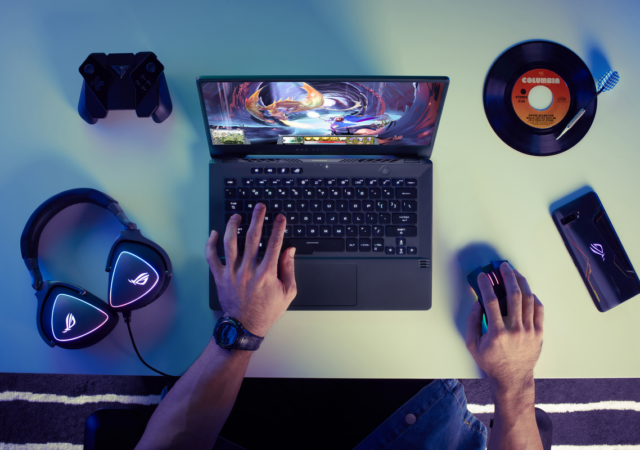ASUS launches their variant of the NVIDIA GeForce RTX 2060 GPU with 12GB of RAM in Malaysia for MYR 2,560.
Sleek, Slim Gaming Arrives in Malaysia with the Lenovo Legion Slim 7i
Lenovo announces the Malaysian availability of the Legion Slim 7i gaming laptop powered by NVIDIA and Intel’s latest technology.
The Acer Predator Helios 300 (2020) In-Depth Review – At MYR 5,199; Value Has a New Name
The Acer Predator Helios 300 with RTX 2060 is now here for MYR 5,199. Is it just the best value gaming in 2020? We recon, and we reviewed!
ASUS ROG Zephyrus G14 Takes on Malaysia with Compact Size & Powerful Specs
ASUS unleashes the ROG Zephyrus G14 in Malaysia complete with the eye catching AniMe Matrix and AMD Ryzen 4000 processors.






